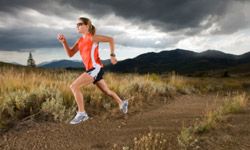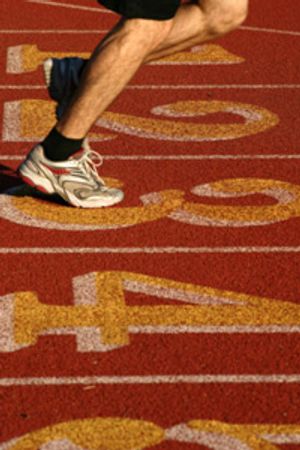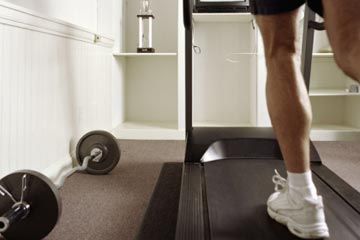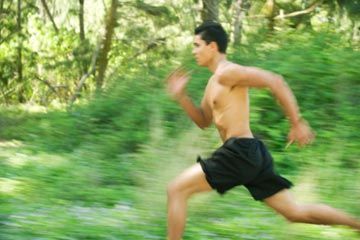Fretting about form is a habit of most runners, both novice and elite. How is it that some runners seem to have endless energy and enjoy a lifetime of injury-free exercise when others are exhausted and tripping over themselves right out of the gate? The answer may lie in optimal running stride -- that often elusive, yet important, component of running style.
Understanding running stride doesn't have to be hard. It simply refers to the way you run, including how fast your feet are turning over beneath you, as well as your posture and the movements of your body as you move over the terrain. Contrary to popular belief, optimal running stride doesn't necessarily depend on body type; it depends on the habits of individual runners. There can be short, heavy people who look like cheetahs when they run and tall, thin folks who look more like gawky emus. The ones with good posture and form will develop a stride that is natural and comfortable, and this will keep them running at top efficiency.
Advertisement
As a runner, your stride has an impact on your form, speed, endurance and vulnerability to injury. In short, proper stride is one of the most important aspects of running. And while understanding proper running stride might be easy, finding the one that's best for you may be a bit more difficult. In the next section, we examine what proper running stride looks like and what you can do to achieve it.















